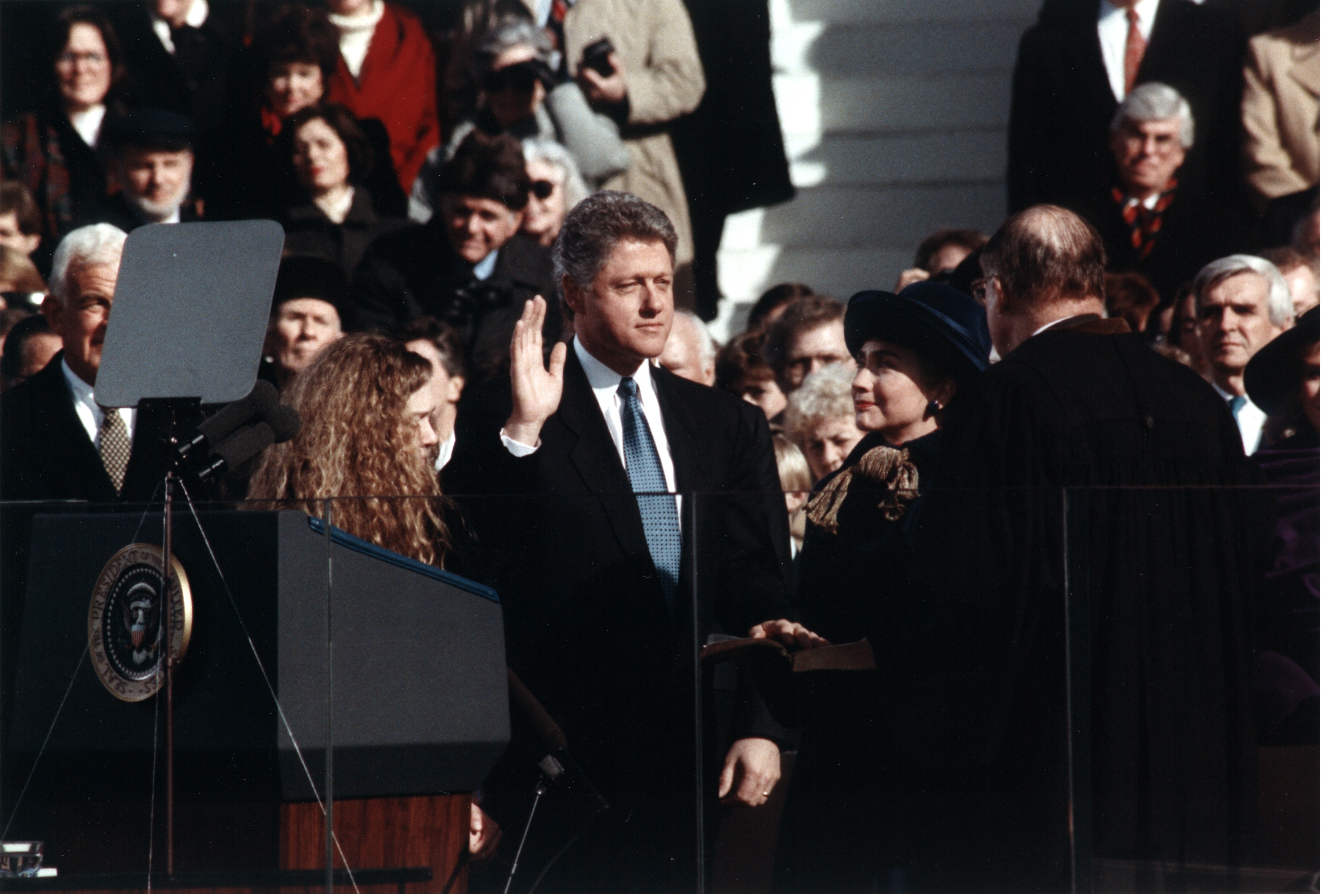On February 11th, 1994, former President Bill Clinton signed the Executive Order 12898 -Federal Actions to Address Environmental Justice in Minority Populations and Low-Income Populations, which addressed issues of environmental justice. Pioneering in its nature, the document explicitly directed federal attention to communities with health and education disparities caused by poor environmental conditions. Ecological breaches can often lead to unexpected effects. For instance, exposure to air pollution may cause a child to have severe asthma, preventing him or her from attending school or participating in activities. Low-income communities and communities of color disproportionally face pollution problems like these, unequivocally an unjust circumstance. President Clinton’s order helped set a precedent for combating these inequalities by prompting and creating agencies to identify affected populations and develop strategies to erase discrimination. Though written in 1994, the order is still pertinent today, Gina McCarthy, administrator for the EPA, recently declared that the “EPA must work each and every day – hand-in-hand with other federal agencies, state and local governments, tribes, and local communities – to improve the health of American families and protect the environment all across the country.” President Obama corroborated her declaration, stating “we all deserve the chance to live, learn, and work in healthy communities.” In order to celebrate the 21st anniversary of the groundbreaking order, below are some of the recent steps that the federal government has taken to aid the cause of environmental justice:
- The Department of Veterans Affairs has helped create “green” jobs for veterans in low-income communities which increases sustainability in those areas.
- The Department of Labor now translates instructive resources and hazard alerts into many languages including Spanish, Chinese, and Vietnamese so more people can access information to keep them safe.
- The Department of Education recently gave Promise Neighborhoods Grants totaling $35 million to struggling communities in order to establish healthy, safe areas for children and improve educational development for youth.
- The Department of Health and Human Services’ Centers for Disease Control and Prevention has employed new Health Impact Assessments that which establish preventative screenings for a policy’s negative effects on distressed populations.
- The Department of the Interior is expanding upon America’s Great Outdoors Presidential Initiative by conducting research on the Federal Government’s urban properties and creating job opportunities on those properties and other public areas.
- The Department of Agriculture collaborated American Indian, Native Alaskan, Native Hawaiian, and Pacific Islander populations, as well as with intertribal groups to generate strategies of safeguarding their communities from climate change and pollution.
- The Obama administration recently revived the Interagency Working Group on Environmental Justice and hosted a forum at the White House for environmental justice to help mobilize and strengthen attention on the issue.
- To decrease disproportionate respiratory illness in communities of color and impoverished communities, federal agencies established an Action Plan to Reduce Racial and Ethnic Asthma Disparities.
Though these are great steps forward, complete environmental justice has yet to be achieved. We must continue to create programs and initiatives like the ones above in order to chip away at these disparities. Happy belated birthday to the Executive Order and may you have many more.
Written By Julie Elliot, Class of 2015
Photo Wikipedia – Clinton takes the oath of office during his 1993 presidential inauguration on January 20, 1993.



